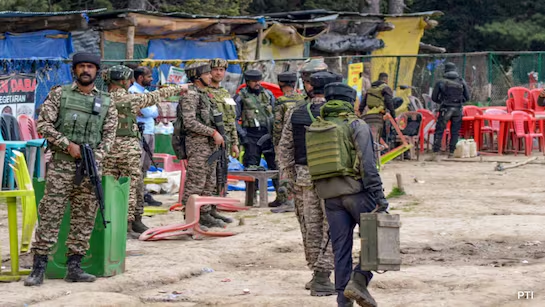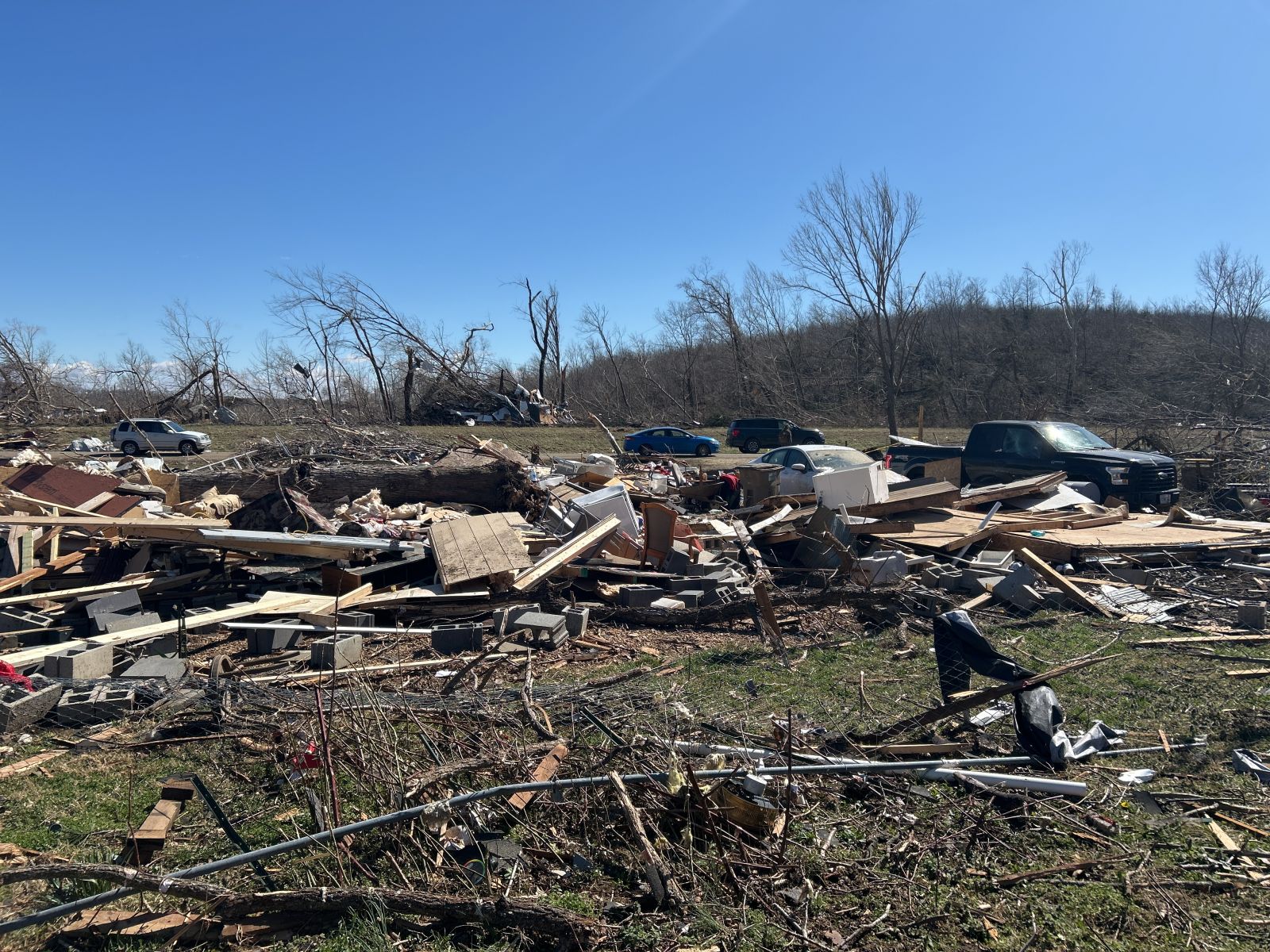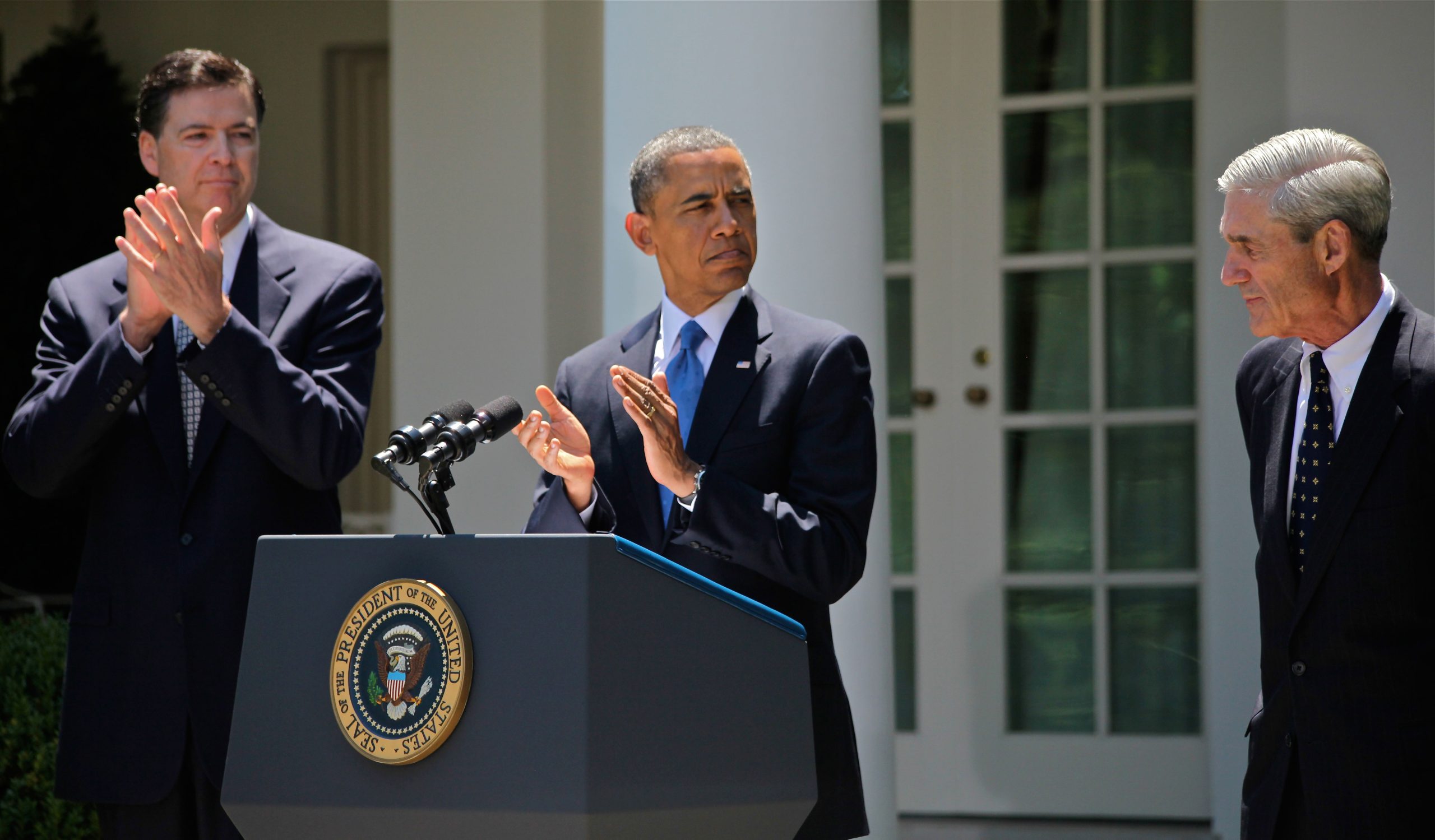
The world is holding its breath as nuclear-armed neighbors India and Pakistan face their gravest military confrontation since 2019, triggered by a deadly terrorist attack in April 2025 that killed 26 people, mostly Indian tourists, in Indian-administered Kashmir. The incident has reignited decades-old tensions, culminating in India’s unprecedented “Operation Sindoor” on May 7, 2025—a series of missile and air strikes targeting alleged terrorist infrastructure across nine locations in Pakistan and Pakistan-administered Kashmir. With both nations trading accusations and retaliatory measures, the risk of a catastrophic escalation looms large.
The Trigger: Bloodshed in Kashmir
The crisis began on April 15, 2025, when a suicide bombing struck a crowded tourist bus in Srinagar, Kashmir. The attack, claimed by an obscure militant group, drew immediate condemnation from India, which accused Pakistan of harboring the perpetrators. Islamabad denied involvement, calling the allegations “baseless,” but New Delhi vowed retaliation. On May 7, India launched Operation Sindoor, deploying precision strikes on what it termed “terrorist launchpads” along the volatile Line of Control (LoC) and deeper inside Pakistan. Indian officials emphasized that only militant sites were hit, avoiding civilian or economic targets.
Pakistan’s Retaliation and Diplomatic Breakdown
Pakistan swiftly denounced the strikes as “unprovoked acts of war.” Its military claimed to have downed five Indian fighter jets during counterattacks, a claim India disputes. Beyond the battlefield, Islamabad retaliated with sweeping measures: closing airspace to Indian flights, suspending bilateral trade, shutting border crossings, and expelling India’s diplomats. These steps have severed already fragile ties, with both nations recalling ambassadors and halting all dialogue.
Global Alarm and Calls for Restraint
The international community has reacted with urgency. The UN Security Council convened an emergency session, while the U.S., Russia, China, and the EU urged de-escalation. Russia offered to mediate, echoing its role in past crises, but neither side has yet accepted. Analysts warn that miscalculations or accidental clashes could spiral into full-scale war, with devastating consequences for the region—home to over 1.5 billion people and two nuclear arsenals.
Roots of the Crisis: The Unending Kashmir Dispute
At the heart of this crisis lies the 75-year-old Kashmir conflict. Since partition in 1947, both nations have fought three major wars and countless skirmishes over the Himalayan region. India’s 2019 revocation of Kashmir’s autonomy further inflamed tensions, with Pakistan decrying the move as illegal. Today, Kashmir remains divided, heavily militarized, and a tinderbox for violence. Militant groups—some backed by Pakistan, according to India—continue to challenge Indian control, perpetuating a cycle of bloodshed.
A Precarious Present
As of May 2025, the situation remains volatile. Artillery duels rage along the LoC, displacing thousands of villagers. India has massed troops near the border, while Pakistan’s military remains on high alert. Economically, both nations feel the strain: disrupted trade, rising oil prices, and investor panic threaten regional stability. Civilian casualties, though unconfirmed, are feared to rise as hostilities intensify.
The Path Ahead
History shows India-Pakistan crises often de-escalate under global pressure, but trust is nonexistent. For lasting peace, experts argue dialogue on Kashmir is essential—a prospect both governments currently reject. Meanwhile, the specter of nuclear war casts a dark shadow. As UN Secretary-General António Guterres warned, “There are no winners in a nuclear conflict. Diplomacy must prevail.”
The world now watches anxiously, hoping cooler heads will intervene before this standoff spirals into the unthinkable. For now, the people of Kashmir—caught in the crossfire of history, politics, and vengeance—pay the heaviest price.







